
Nature lovers
Despite covering less than 1% of the Earth’s surface, freshwater ecosystems provide habitat for more than 100,000 known species! This makes them the perfect place for nature lovers to spend time. Below, we’ve listed some of our favourite species which you might encounter at the river.
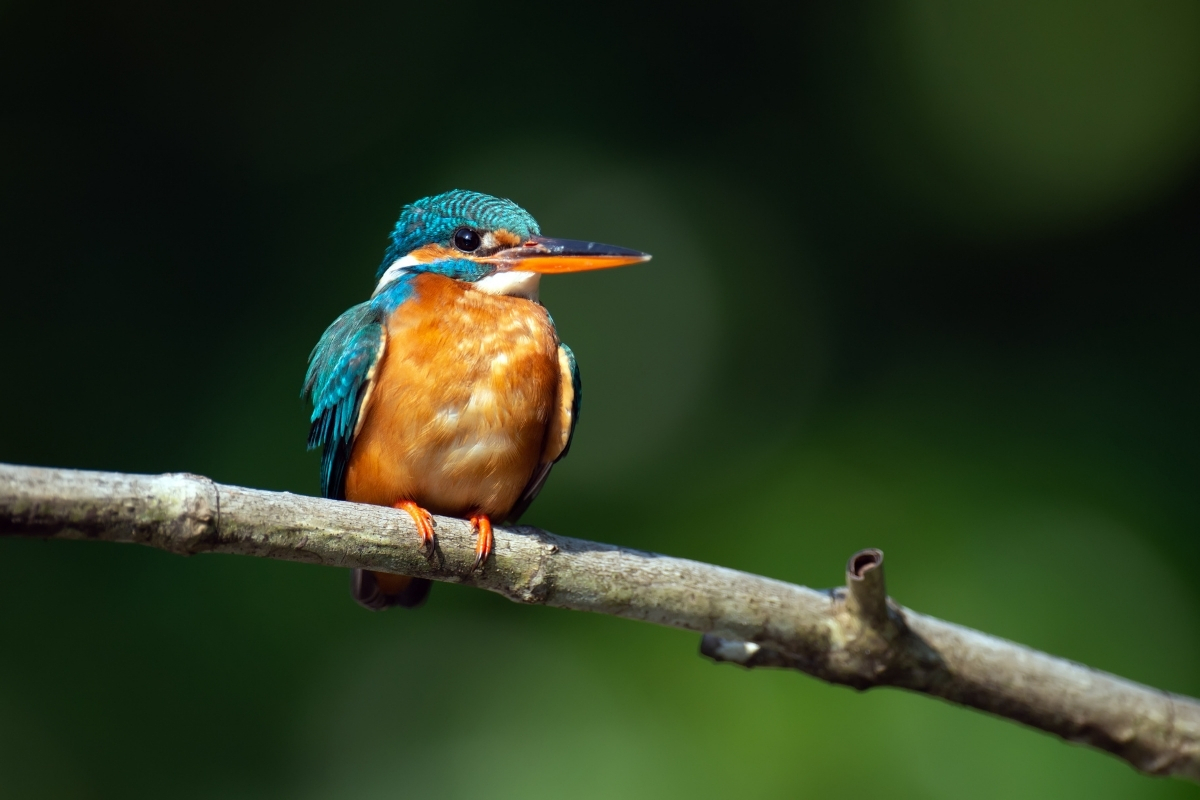
Birds
Lots of birds can be found around freshwater—even those which aren’t typically considered freshwater species. They are hives of activity, as they provide both a source of drinking water and a plentiful supply of insects.
Herons can often be seen wading through the shallow water, searching for fish. The little egret and larger great white egret hunt in a similar way, but are much easier to spot due to their striking white colouration!
You will often see groups of birds paddling along the water’s surface, occasionally diving down to forage or clean their feathers. This includes moorhens, coots, greater crested grebes, goosander, and the true family favourite: ducks!
Smaller birds can also be seen around freshwater. The most iconic of these is the Kingfisher, who perches above slow-moving water to look for small fish. Of almost equal fame in the birding community, the dipper is another favourite. They are the only known bird which can walk under water! Grey wagtails, sand martins and lapwings can also be spotted darting across the surface of the water.
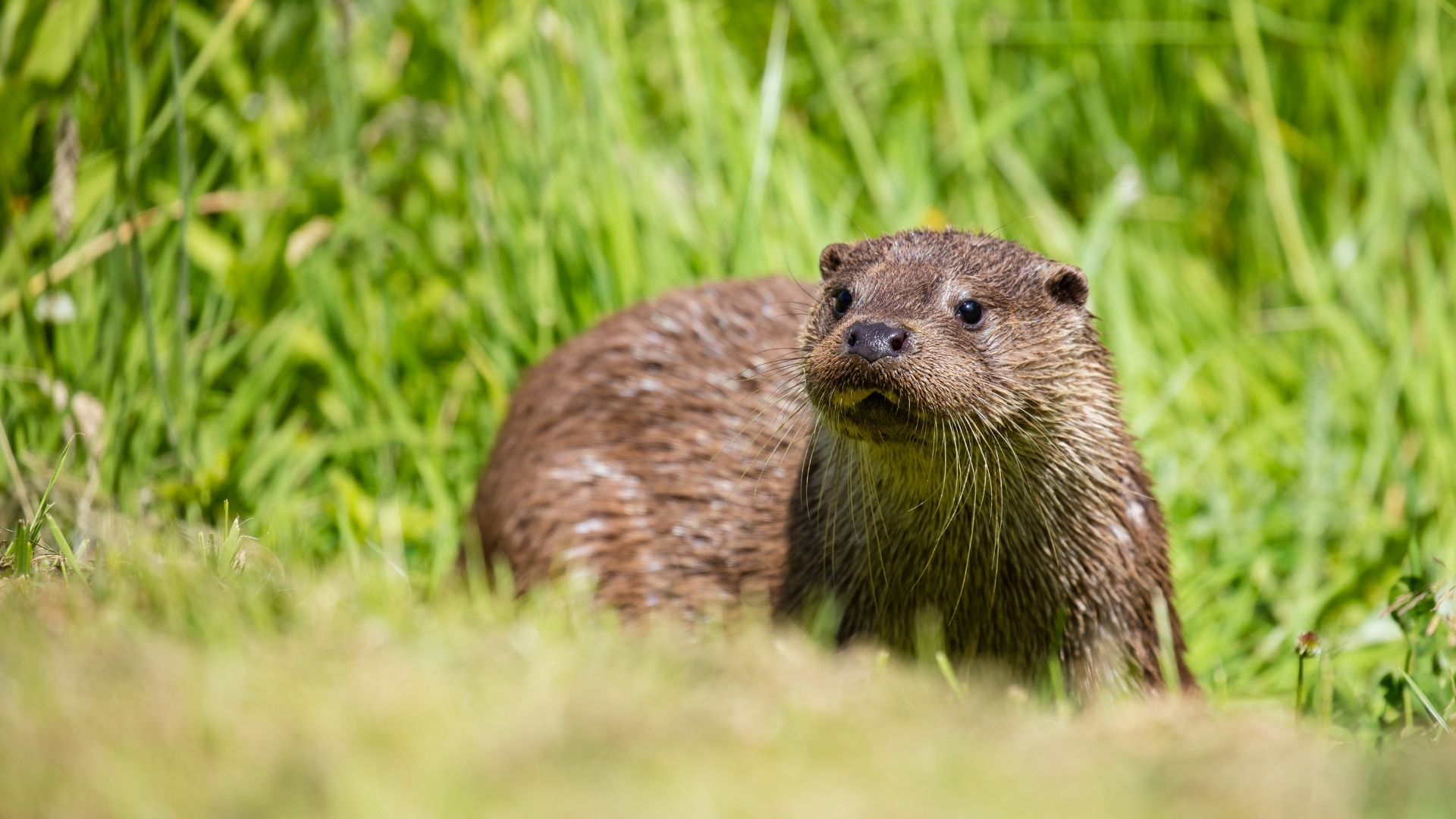
Mammals
Otters live in unpolluted bodies of freshwater, ranging from lakes and ponds to rivers and streams. Otters may also live along the coast in salt water, but require access to freshwater in order to clean their fur. The otter’s diet mainly consists of fish. Over winter, otters are also observed eating crustaceans, insects, birds and amphibians.
The beaver, Castor Fiber, is our largest rodent - having recently been reintroduced to areas in England. They are known as a ‘keystone species’, which means that their behaviour shapes the environment around them. They build dams, transforming the watercourse and forming entirely new habitats.
Water voles are generally a uniform dark brown colour with a slightly paler underside. Their entire body is covered with fur, including their tail—which can be half as long as their whole body! Unlike rats, water voles have a blunt, rounded nose. They create burrows in the banks of streams and rivers.
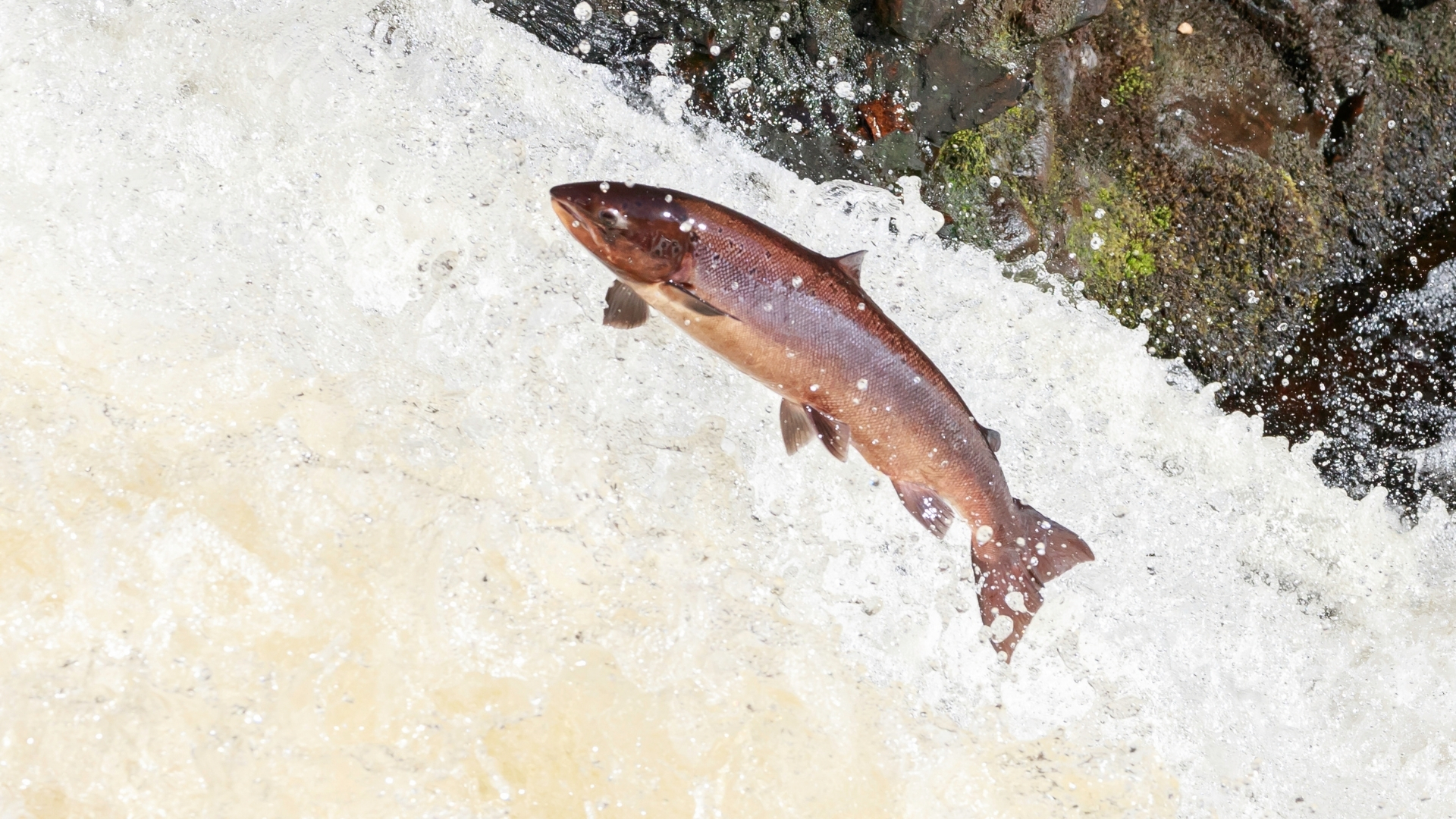
Fish
Fish can be a little trickier to spot—unless you’re willing to go for a dip! Our rivers are home to a huge variety of fish, all of which are incredibly important to the wider ecosystem.
One fish you might see from the bank is the Atlantic salmon. Their voyage to their spawning grounds is, in our opinion, one of nature’s most iconic migrations. If you find the right spot, you can watch them leaping up waterfalls and weirs. It’s truly a sight to behold!
The brown trout was actually voted the UK’s favourite fish in 2016 - and it’s easy to understand why. They are truly beautiful fish, coming in a variety of different colours with gorgeous dapples on their scales. They have some pretty cool evolutionary adaptations, too, including the ability to undergo a physiological transformation needed to migrate out to sea from a river.
We couldn’t write about fish without mentioning the European eel. This critically endangered species has an absolutely incredible life cycle; they begin life as tiny eggs in the Sargasso Sea, then float for over 6,500km the sea currents towards Europe. They then undergo multiple metamorphoses, turning into glass eels, then elvers, then yellow eels.
An excellent predator and the true behemoth of our rivers, the pike is another favourite. They can grow up to a metre in length, and are able to dart out from cover with lightning speed to hunt everything from fish to ducklings!
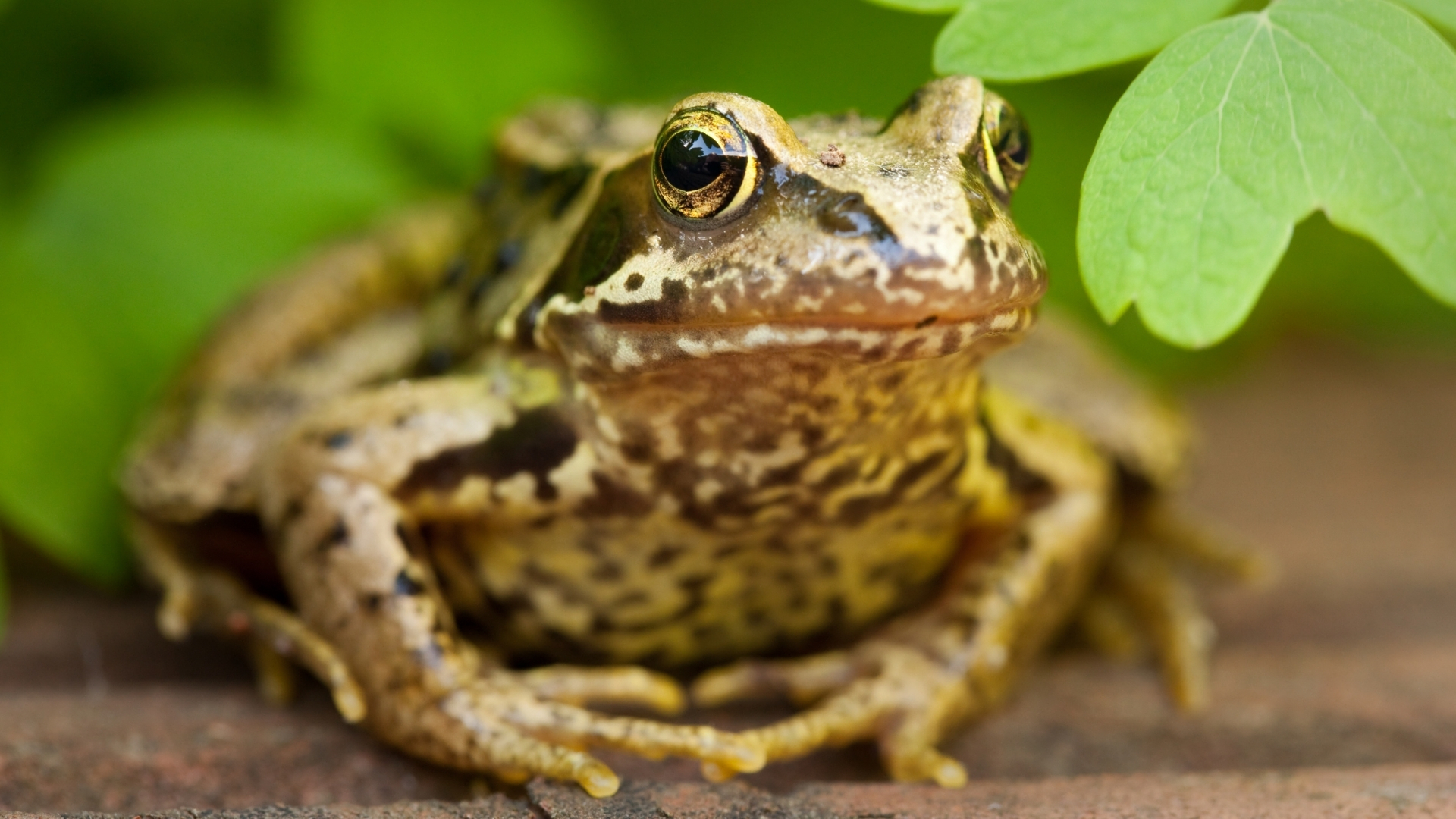
Amphibians
Frogs can often be spotted around rivers. When it comes to laying their eggs, they prefer still water so the frogspawn doesn’t wash away. Ponds and wetlands are hotspots for frogs and other amphibians, so if you’re fanatical about frogs, they’re the place to be! Lots of our local Trusts construct new wetlands and ponds for Natural Flood Management, helping to provide homes for frogs and other animals.
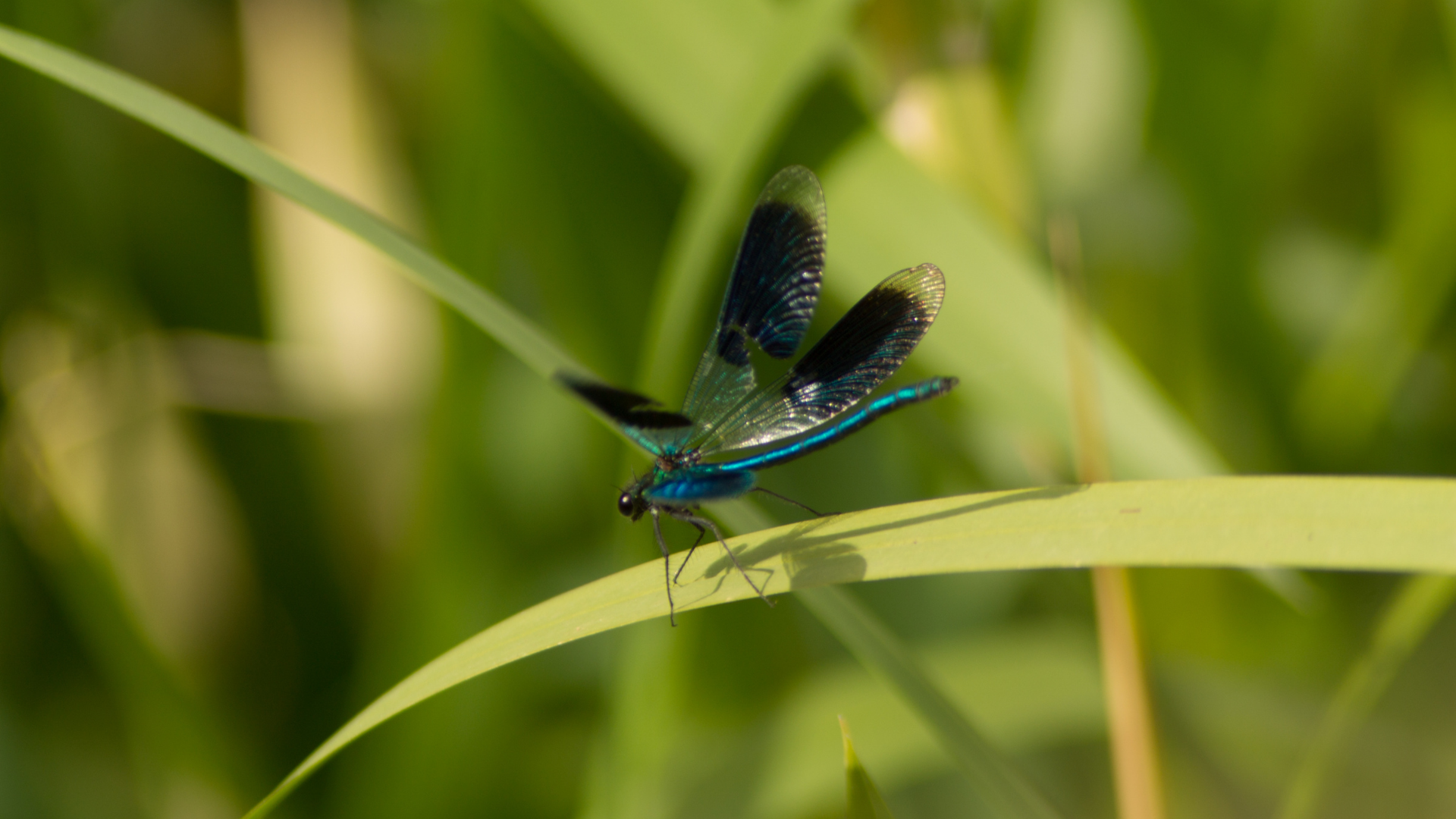
Insects
We see lots of different insects in and around rivers. They can tell us a lot about the health of the river. Some species are very sensitive to pollution, so when we see them it gives us an indication that the river is in good condition. Lots of our local Trusts take part in Riverfly Monitoring, where they track the presence (or absence) of certain insects to assess how healthy the river is.
Caddisflies, mayflies and stoneflies are often used in Riverfly Monitoring. Caddisflies look a bit like a moth with hairy wings, and their larvae are well known for creating 'cases' out of twigs, stones and whatever else they can find in the river. Mayflies are flying insects with broad, clear wings. You can spot them during summer 'dancing' above the surface of the river. Last but not least, stoneflies are dark brown insects with two short 'tails' who tend to live near fast-flowing streams.
There are lots of other insects not used in monitoring which you can spot around rivers. Dragonflies and damselflies are two of the most exciting types to spot. Dragonflies are large, robust insects with forewings (front wings) which are usually longer than the hindwings. They have very large eyes which usually touch on the top of the head.
Damselflies, on the other hand, are smaller and slimmer. Their forewings and hindwings are generally the same length/shape, and their eyes do not touch at the top of the head. At rest, damselflies hold their wings against their body, whereas most dragonflies hold them upright. Dragon and damselflies can come in a huge range of colours, many with a metallic hue.
Print out our Wildlife ID form
Want to learn more about nature next to rivers?
Print out our Wildlife ID form and tick off what you see!